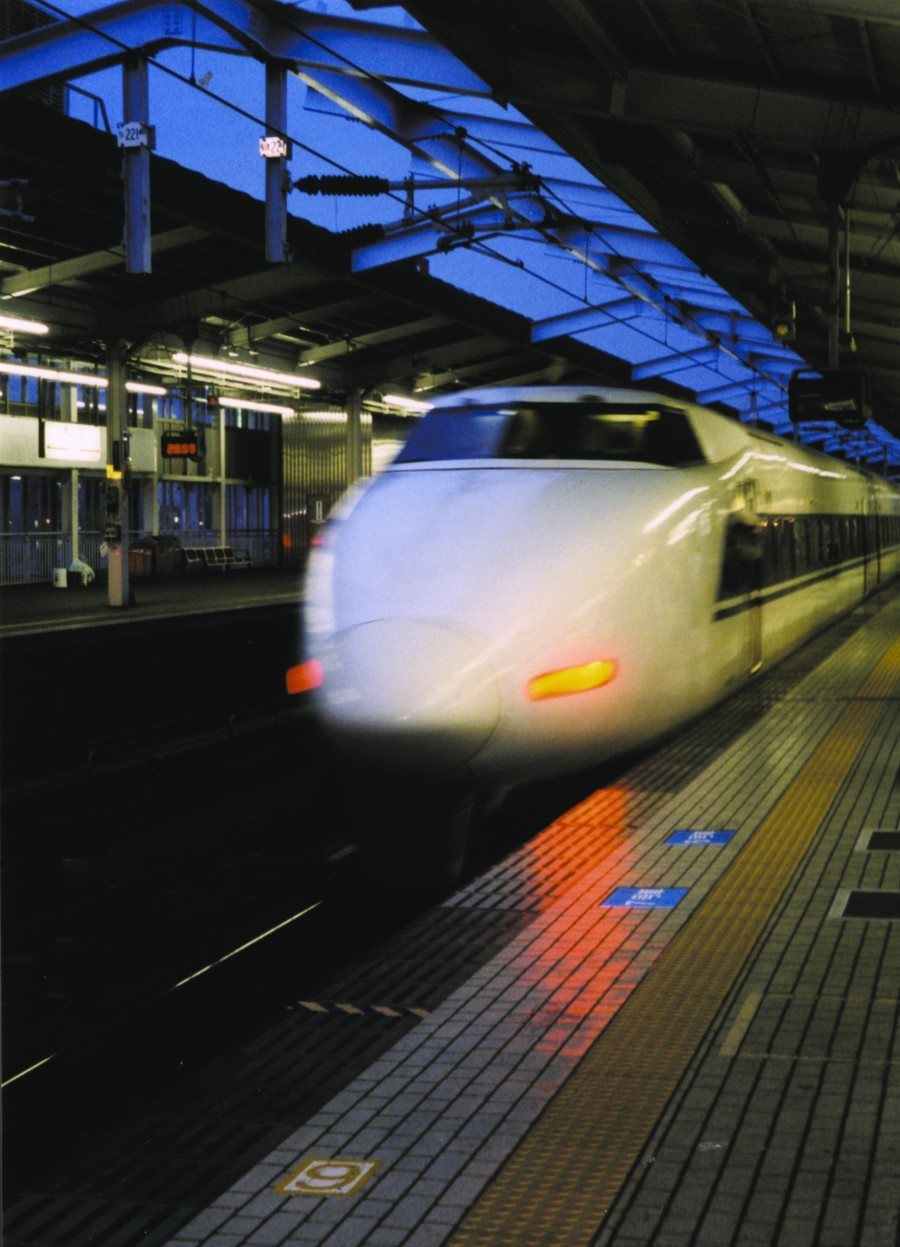Like this post? Help us by sharing it!
Amy Tadehara is one of the latest additions to the talented IJT team taking her place in the US office. This Colorado born girl spent four years living in wonderful Sendai and you may guess from her name that she some Japanese ancestry. However, just because Amy is a Japanese American, it doesn’t mean that she would instantly be use to life in Japan – there are some big differences between the US and Japan. One of those differences is public transport.
My first solo experience with the much-lauded public transportation of Japan didn’t go quite as planned. The first sign something was not quite right was when I didn’t see any of the laboriously-chosen “landmarks”—the Tsutaya video store, the Sunkus konbini, the Big Hill Climb—that I carefully picked out that morning as I took a green city bus from my apartment to downtown Sendai. The second sign was my bus driver telling me with polite concern that we were at the last stop and that I may wish to disembark? – I was in an area where houses gave way to open space and rice fields. This was most definitely not my apartment.
Growing up in Colorado, I had formed the opinion early on, rightly or wrongly, that public transportation was only for poor and/or elderly people who couldn’t afford a car. This was America, after all; having a car is practically a birthright. Not many people look forward to the day when they can ride a bus on their very own. When I was accepted to the JET Program, I was a little uneasy about not having a car for the first time in my life, but was willing to give public transportation a go for the “experience” of it all. I was placed in Sendai, the largest city between the Tokyo metropolis and Hokkaido; how bad could it be?
It wasn’t at all, really, though I’ll admit that those first few weeks were a bit hairy at times, what with all the kanji I didn’t recognize (which is why I ended up in the rice fields in the middle of the night). The biggest hurdle was learning how to decipher Japanese timetables—why had I never learned the kanji for “route”?—followed by simple procedural things like how to get on/off, how to pay the fare, how to balance precariously while the change machine spat out coins so I could pay the fare, etc.
Eventually, it became so second-nature that not only could I tell my fellow JETs which bus or train they should take, but I was also telling Japanese oba-sans how to ride the bus/train; I wasn’t sure if I should be proud or freaked out.And so I was converted to the merits of public transport in Japan and embraced it wholeheartedly, which as you might suspect made coming back to the US a tragedy of sorts. I was really happy to be home, but public transportation in Colorado is to Japan what a ditch is to the Grand Canyon: namely, a big letdown. Fortunately, I’m old enough to see the irony in wishing for a Japanese-style transport system when I have a car to take me anywhere, anytime (subject to gas prices) even if I can’t appreciate it all that much. What’s funny is that it’s not just the punctuality, the cleanliness, or the safe feeling that I miss, but the prepaid cards. I’m not even joking; breaking a 1000-yen note just to pay a 230-yen fare is really annoying, especially when you only needed 10 yen.
Oh, and since you’re probably curious, I did manage to get home in the end. But only because the bus driver’s pity for the lost foreigner and the bus’s return route to the city happened to coincide.
I think that this is one of the big differences about Japan. Not only does Japan have a vast public transport network that runs on time and gets to its destination when you expect it to, it is actually a pleasure riding these clean vehicles which are usually driven by polite and helpful staff. The rest of the west have yest another thing to learn from Japan.





